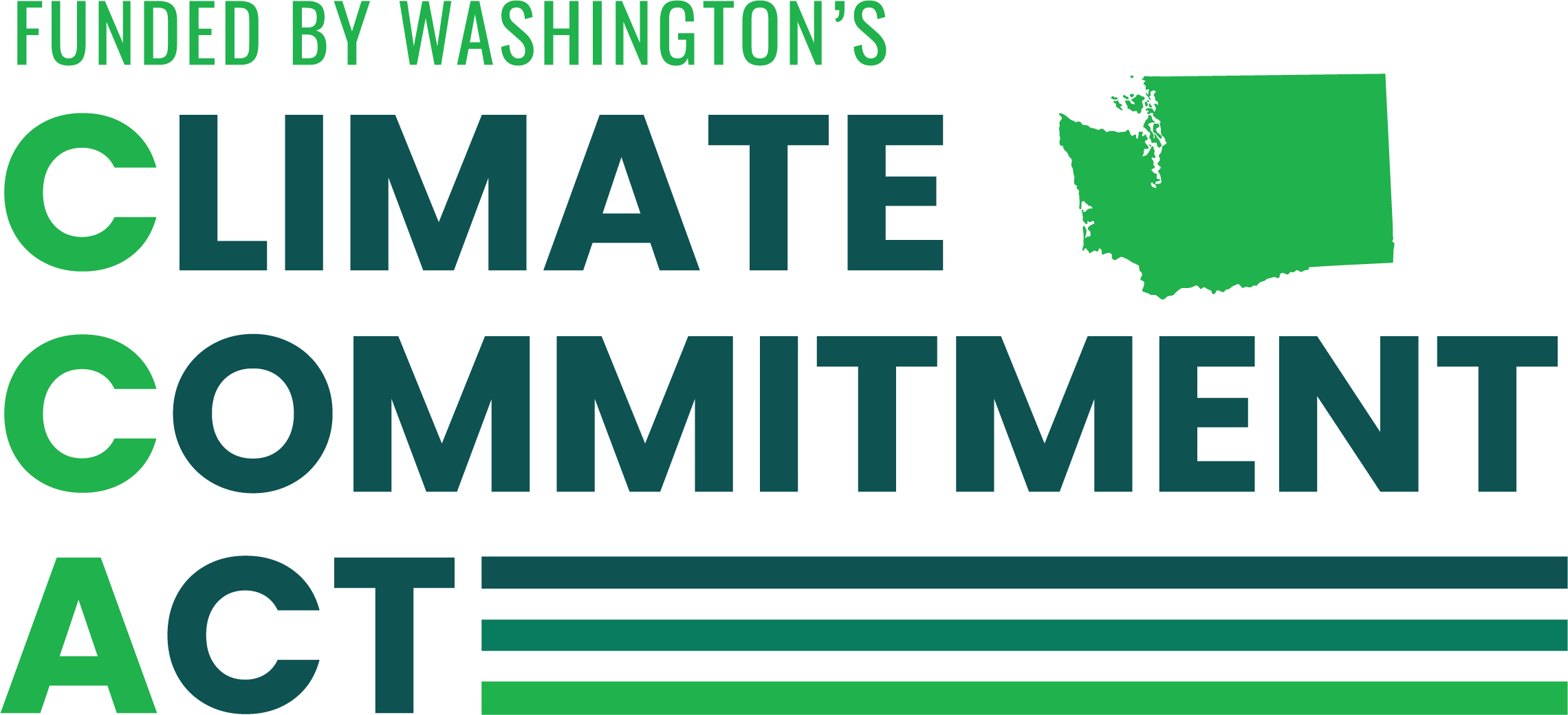Floodplains by Design
Climate change and floodplains
Air & ClimateFloodplains by Design is an ambitious, public-private partnership led by Ecology and the Bonneville Environmental Foundation. Floodplains by Design works to accelerate integrated efforts to reduce flood risks and restore habitat along Washington's major river corridors. Its goal is to improve the resiliency of floodplains to protect local communities and the health of the environment. Floodplains by Design also supports important Washington values, such as agriculture, clean water, and outdoor recreation. By working together, organizations can align state and federal investments with locally-driven solutions that address floodplain management challenges and create a more sustainable future.
Washington state has been investing in projects using the Floodplains by Design approach since 2013. Project partners share their perspective on the importance of integrated floodplain management.
Since 2013, Washington’s Legislature has appropriated $359 million to support large-scale, multiple-benefit projects across the state. We administer these funds through a competitive grant program.
The Floodplains by Design grant program has funded the following:
- 72 projects in 19 counties across Washington, reducing risk in 88 communities.
- 12,829 homes or structures removed or with reduced flood risk.
- 173 miles of river restored, protected, or with improved habitat.
- 8,368 acres of land protected from development.
- 12,916 acres of floodplain reconnection.
- 44 new or improved public recreation areas.
- 21,289 acres of improved working lands.
- 5,992 new jobs.
Projects build climate resiliency
Learn more about climate action in Washington.
Our Floodplains by Design program is partially supported by funding from Washington’s Climate Commitment Act (CCA). Passed in 2021, the CCA supports Washington’s climate action efforts by putting cap-and-invest dollars to work reducing climate pollution, creating jobs and improving public health. Some money is being invested in projects that improve floodplains and waterways for salmon.
In 2023, we received $17 million in CCA funding to fund four Floodplains by Design projects. In 2025, we received an additional $16 million in CCA funding to fund two projects.
Under the CCA, applicants seeking funding must share information about the proposed project with Tribal partners and offer to discuss the project. In addition, state agencies administering grant programs that receive CCA funding must offer consultation to federally recognized tribes.
About our grant program
We award grants to eligible entities for collaborative and innovative projects throughout Washington. Projects must support integrating flood hazard reduction with ecological preservation or restoration but may also support other community needs, provided they are part of a larger strategy. Some examples include agricultural viability, safe and sustainable development, and increased recreational access.
Contact information
Amelia Petersen
Floodplains by Design planning lead
amelia.petersen@ecy.wa.gov
360-480-3298
Matt Gerlach
Southwest Washington grant project manager serving Clallam, Clark, Cowlitz, Jefferson, Pierce, and Skamania counties
matt.gerlach@ecy.wa.gov
360-584-2804
Alex Rosen
Southwest Washington grant project manager serving Grays Harbor, Mason, Lewis, Pacific, Thurston, and Wahkiakum counties
alex.rosen@ecy.wa.gov
360-810-0027
Lisa Nelson
Northwest Washington grant project manager
lisa.nelson@ecy.wa.gov
425-213-4843
Sandra Floyd
Central Washington grant project manager
sandra.floyd@ecy.wa.gov
509-571-5679
Vacant
Eastern Washington grant project manager
For a list of counties in each region, visit our Contact Us page.


